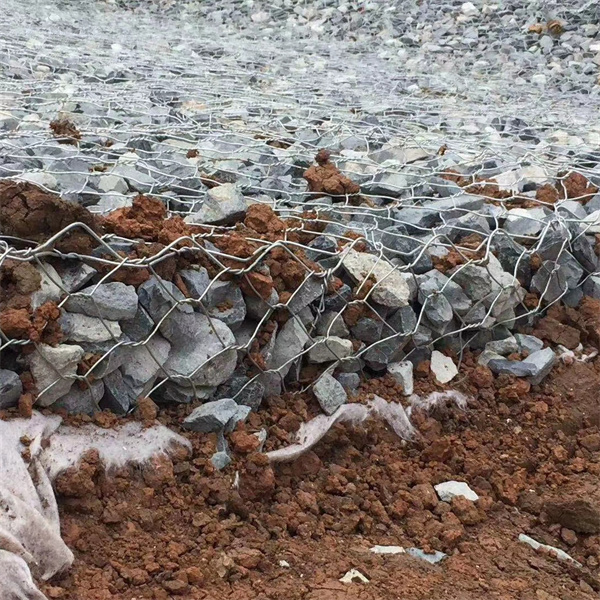Dec . 10, 2024 11:40 Back to list
best gabion mesh sizes
Understanding the Best Gabion Mesh Sizes for Optimal Performance
Gabions, which are wire mesh cages filled with rocks, sand, or soil, have been used for centuries for various applications, including erosion control, riverbank stabilization, and landscape design. The effectiveness of a gabion structure largely depends on the size and type of mesh used. This article explores the best gabion mesh sizes to optimize performance and longevity.
Importance of Mesh Size
The size of the mesh plays a crucial role in determining the structural integrity and functionality of gabions. The right mesh size ensures that the filling material remains secure within the cage, prevents the loss of smaller materials, and provides necessary drainage. It also affects the ease of installation and flexibility of the structure.
Common Mesh Sizes
Gabion mesh sizes are typically categorized based on the diameter of the wire used and the opening size of the mesh. Common mesh sizes range from 2 x 2 (50mm x 50mm) to 4 x 4 (100mm x 100mm), with variations in wire thickness ranging from 2.7mm to 4mm.
1. 2 x 2 Mesh (50mm x 50mm) This size is beneficial for applications where smaller stones or materials are used for filling. The tighter mesh helps in preventing smaller rocks from escaping, ensuring that the gabion maintains its integrity and structural form.
2. 3 x 3 Mesh (75mm x 75mm) A versatile option, this size is commonly used in residential projects and landscaping. It balances security with drainage, allowing for water flow while preventing the loss of medium-sized materials.
3. 4 x 4 Mesh (100mm x 100mm) This larger size is typically used for heavier and larger rocks in more robust applications. It allows for quick filling and assembly, making it suitable for large-scale projects, such as flood defenses and retaining walls.
best gabion mesh sizes

Factors to Consider When Choosing Mesh Size
When selecting the best gabion mesh size, several factors should be considered
- Application Purpose The intended use of the gabion will dictate the appropriate mesh size. For erosion control along riverbanks, a smaller mesh might be necessary to retain finer materials, while larger openings may be suitable for structural walls.
- Material Type The type of filling material also influences the choice of mesh size. If using varied stone sizes, a larger mesh size might be more efficient, while finer materials would require tighter mesh.
- Environmental Conditions In areas prone to heavy rainfall or flooding, it's crucial to ensure adequate drainage while maintaining the retaining properties of the gabion. In such cases, a balance between mesh size for drainage and material retention is essential.
- Maintenance Consider the accessibility of the gabion structure for maintenance purposes. Larger mesh sizes may allow for easier inspection and repair, while tighter meshes may require more effort to maintain.
Conclusion
In conclusion, choosing the right gabion mesh size is vital for the success and longevity of your project. Whether you're constructing a retaining wall, creating landscaping features, or stabilizing slopes, understanding the appropriate mesh sizes based on your specific needs will ensure optimal performance. By considering factors such as application purpose, material type, environmental conditions, and maintenance, you can select the best gabion mesh size to suit your project requirements.
Gabions are an effective solution for various engineering and landscaping challenges, and their efficacy is greatly enhanced when the right mesh size is used. As they continue to gain popularity in sustainable design and construction, proper sizing will remain key to leveraging their full potential.
-
Installation Tips for Gabion Wire Baskets in Erosion Control Projects
NewsJul.21,2025
-
High-Quality Gabion Basket Barriers for Retaining Wall Systems
NewsJul.21,2025
-
Gabion Welded Wire Mesh Applications in Flood Prevention Systems
NewsJul.21,2025
-
Designing Aesthetic Gabion Wall River Bank
NewsJul.21,2025
-
Creative Garden Gabion Baskets Designs Blending Form and Function
NewsJul.21,2025
-
Cost-Effective Gabion Mesh Panels
NewsJul.21,2025
-
Understanding Load-Bearing Capacity of Gabion Boxes
NewsJul.17,2025






